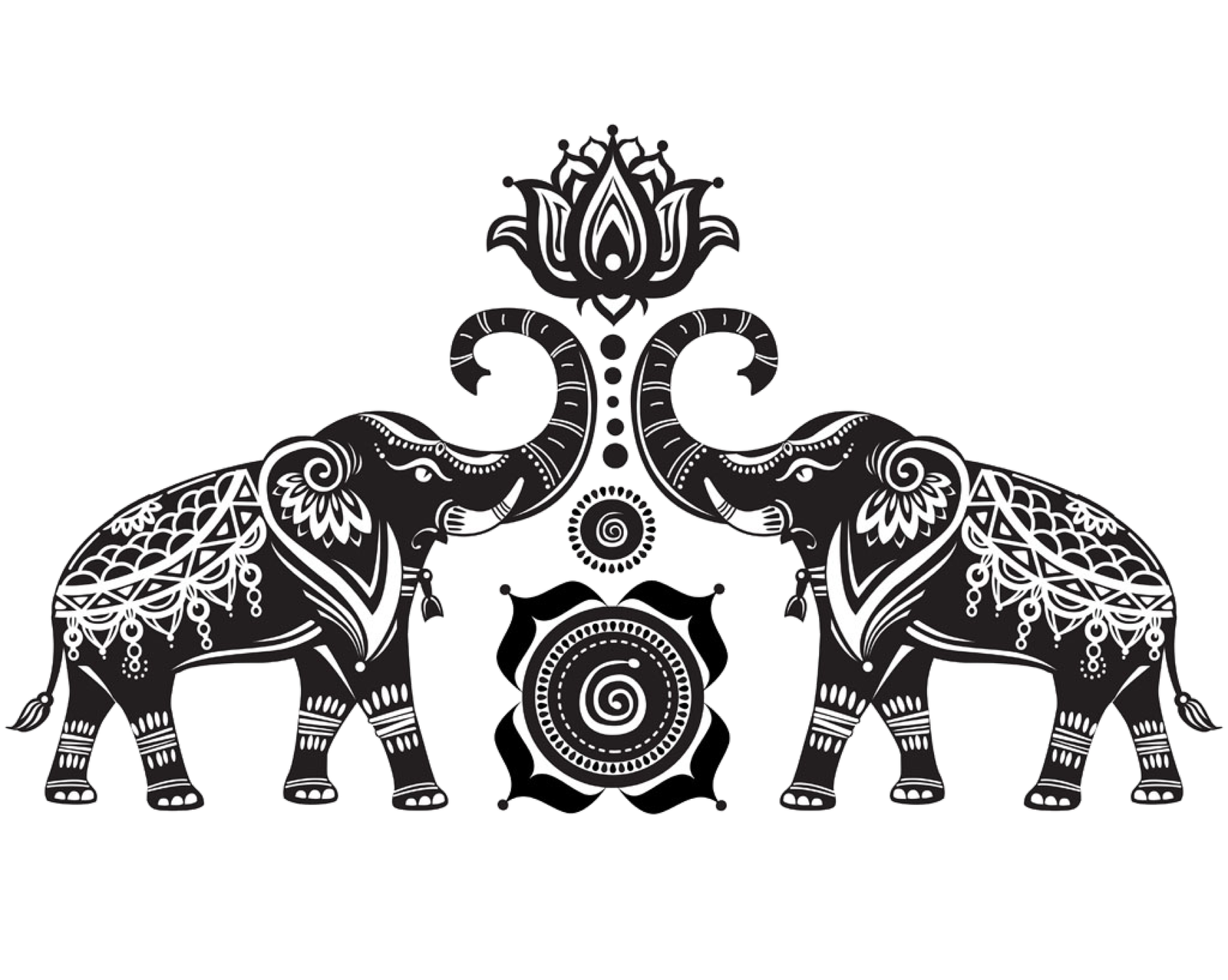Ottawa, Canada:
As Canada is ready to elect a new government on 28 April, leading the race of two parties – Conservative Party and Liberal Party – are in close competition. It is a parliamentary election, but there are some unique facts in the Canadian elections.
Here are the top 5 unusual and unique facts about Canada elections:
- While all Canadian citizens are allowed to vote, what is unusual that rigorous guilty criminals and those in jail are also allowed to send their votes. Typically, in other democracy, only those who are on bail or subject to test are allowed to vote.
- But there are two people in Canada who do not vote – the Chief Electoral Officer, who is in charge of the entire electoral process, and the mandate to remain non -Nonpartison. Therefore, he is not allowed to vote constitutionally during his 10 -year tenure in the office. The other person is allowed to vote, but also does not choose as part of an old tradition, preserving the political neutrality of his office. The person is the Governor of Canada -General, who holds the powers and responsibilities of King Charles – who is not only the Emperor of the UK, but also the head and head of the Canadian kingdom.
- The number of constituencies in Canada has increased from 338 in 2021 to 343 due to an increase in population in 2025. But it is interesting to note, it is that there are three regions in the northern region of Canada, each with only one seat – meaning that there is only 1 senator from each region. These three regions are Northwest Pradesh, Nannavut (since 1999), and Yukon.
- Most Canadians have been given a card in their mail, indicating their voting booths among other details. Although it can be considered an ID to vote, a voter is not made mandatory to carry voting cards on the day of voting, although it will be easier to make this process easier at the polling station.
- The Prime Minister of Canada does not need to be a Member of Parliament. The current Prime Minister Mark Carney is an example of this. Mr. Carney is a former banker of the central bank of Canada. He is not a sitting MP, which means that he does not hold a seat in the House of Commons. The 2025 elections are the first time Mr. Carney is holding the election. Other former Canadian Prime Ministers who did not have a seat in the House of Commons were Charles Tupper, Arthur Meghen and John Turner.
,



